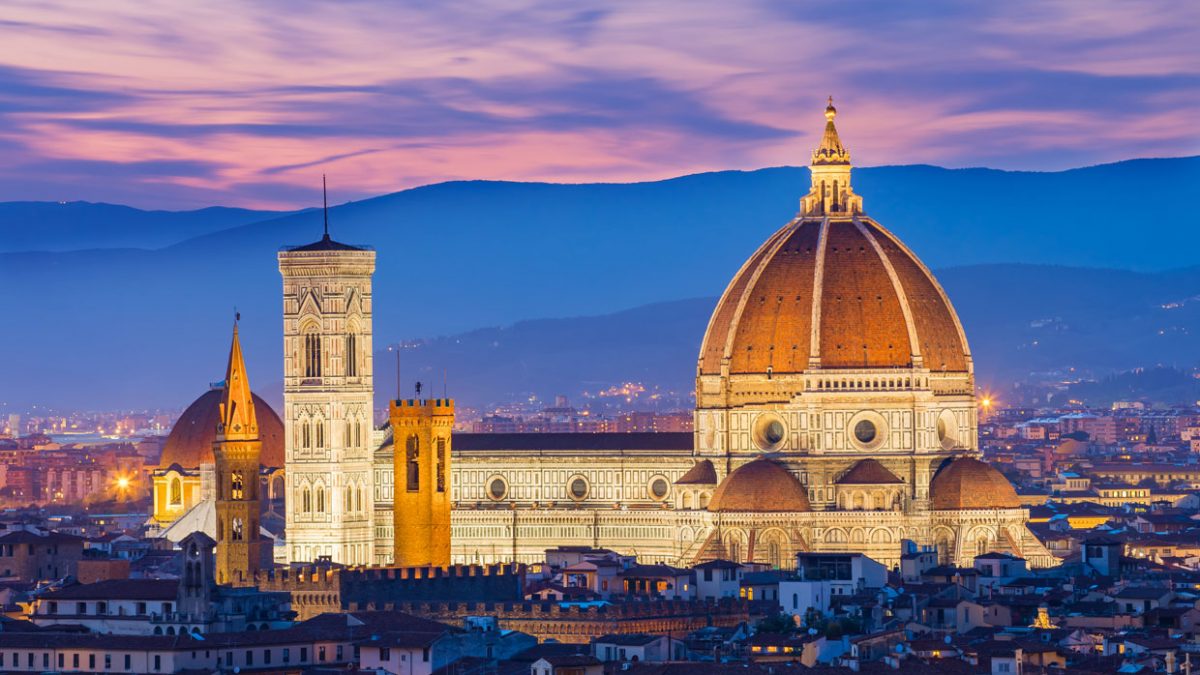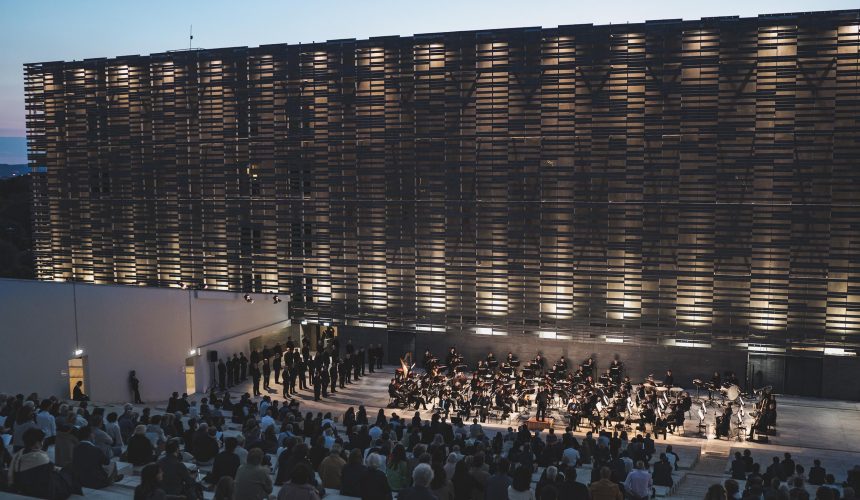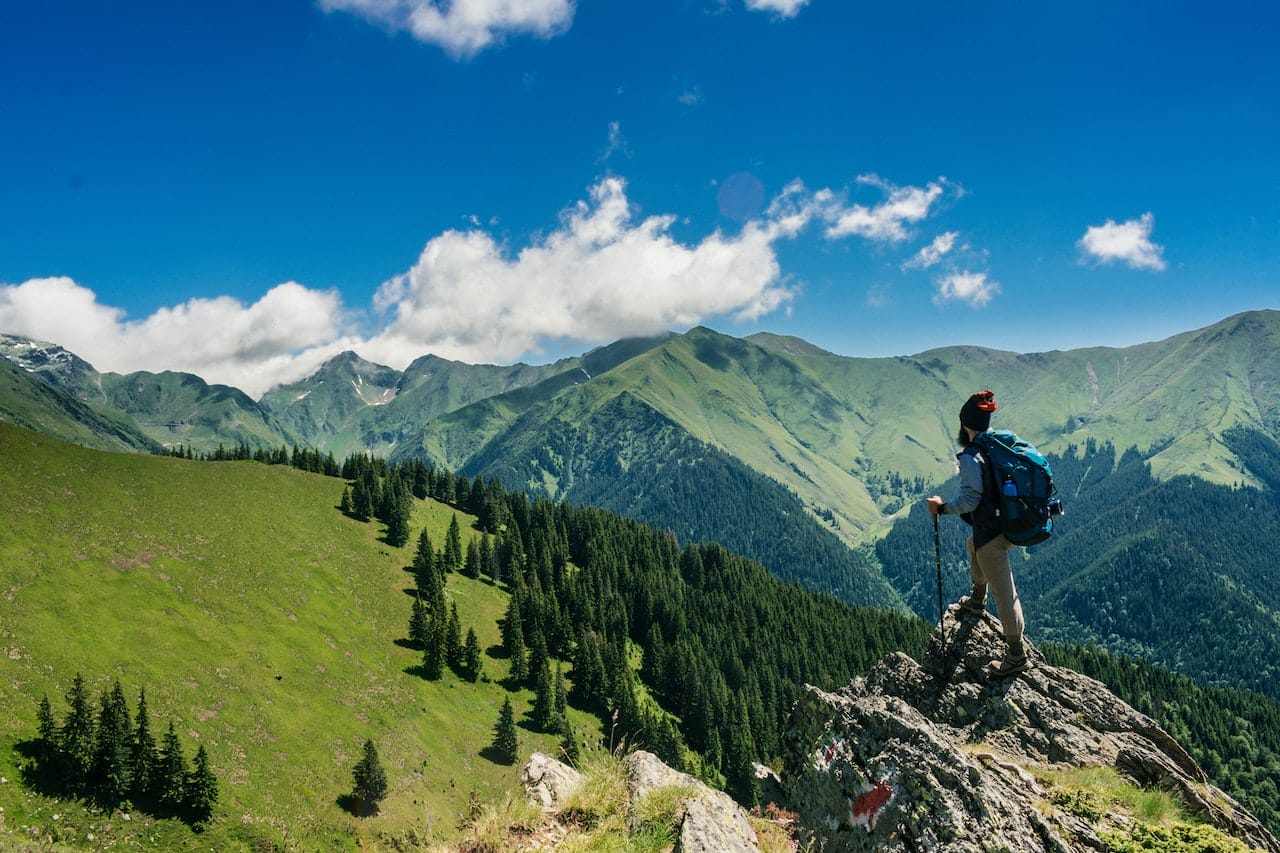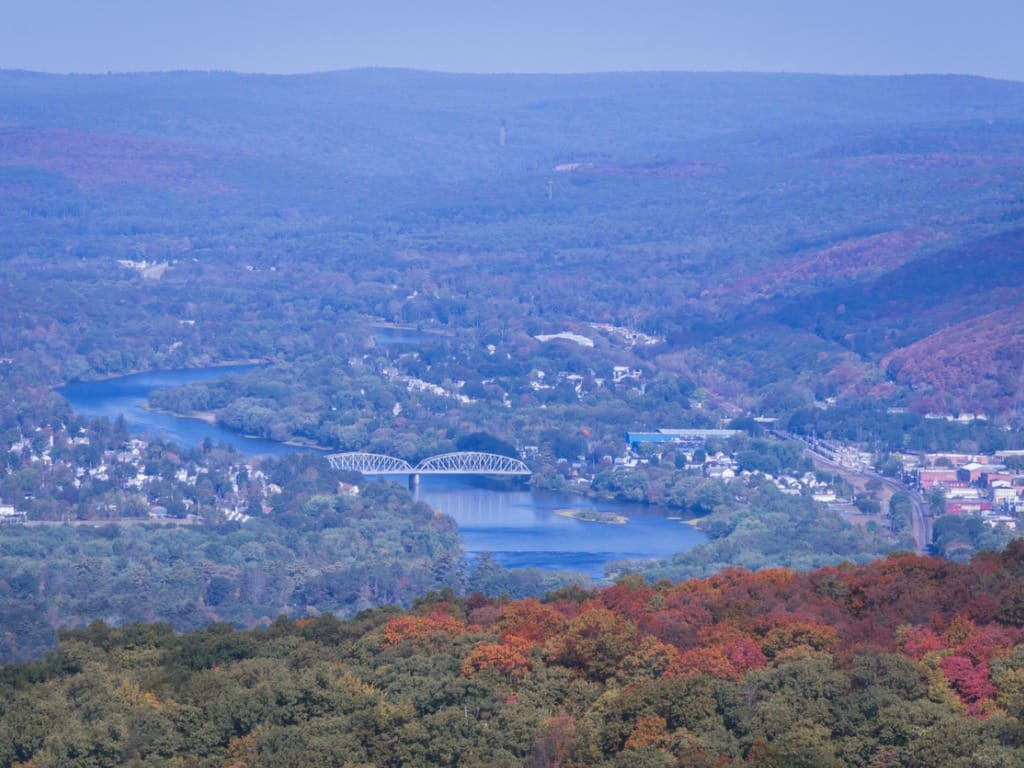Florence, also known as the City of Art, is a mesmerizing destination that attracts art lovers, history enthusiasts, and wanderers from around the world. This enchanting Italian city is home to magnificent architecture, world-renowned museums, breathtaking landscapes, and a rich cultural heritage. In this ultimate travel guide, we will take you on an unforgettable journey through Florence, exploring its history, planning your trip, discovering must-see attractions, and uncovering hidden gems.
Introduction to Florence: The City of Art
Before diving into the wonders of Florence, let’s take a moment to understand the city’s captivating history. Florence, nestled in the heart of Tuscany, was established by the Romans in 59 BC. Over the centuries, it flourished as a hub of trade and banking, attracting wealthy patrons who nurtured the arts.
Today, Florence is renowned as the birthplace of the Renaissance, which sparked an artistic revolution across the world. The legacy of great artists like Leonardo da Vinci, Michelangelo, and Botticelli can be experienced throughout the city.
So why is Florence known as the City of Art? The answer lies in its unparalleled artistic heritage and the presence of magnificent artworks that adorn its streets, museums, and churches.
One cannot help but be mesmerized by the sheer beauty and grandeur of Florence’s art scene. As you stroll through the city’s cobblestone streets, you will be greeted by stunning sculptures and intricate architectural marvels at every turn. Each building seems to have its own story to tell, a testament to the rich history and artistic prowess that Florence possesses.
One of the most iconic landmarks in Florence is the Cathedral of Santa Maria del Fiore, more commonly known as the Duomo. Its magnificent dome, designed by Filippo Brunelleschi, is a true architectural masterpiece. As you stand in awe of its grandeur, you can’t help but marvel at the skill and vision required to create such a monumental structure.

But it’s not just the exterior of the buildings that captivate visitors. Florence is also home to some of the world’s most famous art museums, such as the Uffizi Gallery and the Accademia Gallery. These museums house an impressive collection of Renaissance art, including masterpieces like Botticelli’s “The Birth of Venus” and Michelangelo’s “David.” Walking through the halls of these museums is like taking a journey through time, immersing yourself in the artistic genius of the past.
Art is not confined to museums and galleries in Florence; it spills out onto the streets and squares, creating an atmosphere of creativity and inspiration. The Piazza della Signoria, for example, is an open-air museum in itself. Here, you can admire sculptures like Michelangelo’s “David” replica and the Fountain of Neptune, which add a touch of grandeur to the bustling square.
As you explore Florence, you will also come across numerous churches that are not only places of worship but also treasure troves of art. The Basilica di Santa Croce, for instance, is the final resting place of many renowned artists, writers, and scientists, including Michelangelo and Galileo Galilei. Inside the basilica, you can admire frescoes and sculptures that pay homage to these great minds.
Florence’s artistic heritage extends beyond its famous landmarks and museums. The city is also known for its vibrant street art scene, with colorful murals adorning the walls of buildings in various neighborhoods. These murals often reflect social and political issues, providing a platform for artists to express their thoughts and emotions.
So, whether you are a seasoned art enthusiast or simply appreciate beauty in all its forms, Florence is a city that will leave you spellbound. Its rich artistic heritage, combined with its charming streets and welcoming atmosphere, make it a truly remarkable destination for anyone seeking inspiration and a deeper connection with the world of art.
Planning Your Trip to Florence
To ensure a smooth and unforgettable visit to Florence, it’s important to plan your trip carefully. Let’s explore the best time to visit, how to get to Florence, and navigating around the city.
Best Time to Visit Florence
Choosing the right time to visit Florence can significantly enhance your experience. The city is bustling with tourists during the peak summer months of July and August. For a more comfortable and relaxed visit, consider traveling during the shoulder seasons of spring (April to June) and fall (September to October). The weather is pleasant, and attractions are less crowded, allowing you to savor the beauty of Florence at a leisurely pace.
During the spring months, Florence comes alive with vibrant colors as flowers bloom throughout the city. The mild temperatures make it perfect for strolling through the picturesque streets and taking in the breathtaking views of the Arno River.
In the fall, Florence is adorned with the warm hues of autumn foliage. The city’s historic landmarks, such as the magnificent Duomo and the iconic Ponte Vecchio, are bathed in golden sunlight, creating a magical atmosphere that will leave you in awe.
Whether you choose to visit in spring or fall, you’ll have the opportunity to witness the city’s cultural events and festivals. From the famous Maggio Musicale Fiorentino to the Florence Biennale, there’s always something exciting happening in this cultural hub.

How to Get to Florence
Florence is easily accessible by air, train, or road. The city has its own international airport, Amerigo Vespucci Airport, which receives flights from major cities across Europe. Upon landing, you’ll be greeted by the stunning views of the surrounding hills, a tantalizing taste of what awaits you in Florence.
If you prefer traveling by train, Florence’s main train station, Santa Maria Novella, is well-connected to various Italian cities including Rome, Milan, and Venice. Embarking on a scenic train journey through the Italian countryside is an experience in itself, as you pass by vineyards, rolling hills, and charming villages.
For those who enjoy the freedom of the open road, driving to Florence offers the opportunity to explore the picturesque Tuscan countryside at your own pace. As you wind through the vineyards and olive groves, you’ll be treated to breathtaking views of the iconic Tuscan landscape.
Navigating Around Florence: Public Transportation and Walking
Once you arrive in Florence, you’ll find that the city is compact and can be easily explored on foot. Walking through the narrow cobblestone streets, you’ll stumble upon hidden gems, such as charming cafes and local artisan shops. Don’t forget to look up, as the city’s architecture is a feast for the eyes, with intricate details and stunning frescoes adorning many buildings.
If you prefer using public transportation, the city has an efficient bus system that connects all major attractions. Hop on a bus and head to the famous Uffizi Gallery, home to masterpieces by Botticelli, Michelangelo, and Leonardo da Vinci. As you travel through the city, you’ll catch glimpses of the majestic Palazzo Vecchio and the awe-inspiring Basilica di Santa Croce.
Additionally, renting a bike is a popular and eco-friendly way to navigate the city. Florence has dedicated bike lanes that allow you to pedal your way through the city’s enchanting streets while enjoying the fresh air and scenic views. Cycle along the Arno River and stop at the charming Piazzale Michelangelo, where you can admire panoramic views of Florence’s iconic skyline.
Whether you choose to explore on foot, take a bus, or ride a bike, navigating around Florence is an adventure in itself. Every corner you turn reveals a new piece of history or a breathtaking vista, ensuring that your time in Florence is filled with wonder and discovery.
Must-See Attractions in Florence
No visit to Florence is complete without immersing yourself in its iconic landmarks and world-class museums. Here are some must-see attractions that will leave you awe-inspired:
The Uffizi Gallery
The Uffizi Gallery is a treasure trove of artistic masterpieces, housing works by Botticelli, Michelangelo, Leonardo da Vinci, and other Renaissance luminaries. Prepare to be mesmerized by the intricate details and profound beauty of these timeless artworks. As you enter the gallery, you will be greeted by the stunning “Birth of Venus” by Botticelli, a painting that captures the essence of the Renaissance period with its graceful figures and vibrant colors. As you stroll through the gallery, you will encounter Michelangelo’s powerful sculpture “David” and Leonardo da Vinci’s enigmatic “Annunciation.” Each room in the Uffizi Gallery tells a story, showcasing the artistic evolution and brilliance of the Renaissance. Don’t forget to book your tickets in advance to avoid long queues and ensure you have ample time to appreciate the art.
While exploring the Uffizi Gallery, take a moment to admire the architecture of the building itself. The gallery is housed in a historic palace, originally designed by Giorgio Vasari in the 16th century for the ruling Medici family. The grandeur of the palace’s facade and the elegant corridors add to the overall experience of visiting this renowned museum.

The Duomo
One of the most recognized symbols of Florence, the Duomo, officially known as the Basilica di Santa Maria del Fiore, showcases remarkable Gothic architecture. As you approach the Duomo, you will be captivated by the intricate marble facade and the impressive dome designed by Filippo Brunelleschi. Step inside the basilica and be awestruck by the vastness of the interior, adorned with stunning frescoes and beautiful stained glass windows. Climb to the top of the dome for a panoramic view of Florence’s skyline, taking in the red-tiled roofs and the rolling hills beyond. The climb may be challenging, but the reward of witnessing the breathtaking vista is truly worth it.
While visiting the Duomo, don’t miss the opportunity to explore the Baptistery of San Giovanni, located just in front of the basilica. This octagonal building is renowned for its golden mosaics and the famous “Gates of Paradise” by Lorenzo Ghiberti, which depict scenes from the Old Testament. The Baptistery is a true masterpiece of Florentine Romanesque architecture and provides a glimpse into the city’s rich history.
Ponte Vecchio
Spanning the Arno River, the Ponte Vecchio is a picturesque bridge lined with shops selling jewelry, art, and souvenirs. Take a leisurely stroll across this medieval bridge, soak in the atmospheric charm, and maybe even find the perfect keepsake to commemorate your visit. As you walk along the bridge, you’ll notice the unique architecture, with its characteristic overhanging buildings and the Vasari Corridor, an elevated passageway connecting the Palazzo Vecchio to the Pitti Palace. The Ponte Vecchio has a rich history, surviving wars and floods throughout the centuries. It has become a symbol of Florence’s resilience and artistic heritage.
While on the Ponte Vecchio, take a moment to appreciate the stunning views of the Arno River and the surrounding buildings. The bridge offers a different perspective of Florence, with its colorful facades reflecting in the water, creating a picturesque scene that has inspired countless artists and photographers.
Palazzo Vecchio
Located in the heart of Florence’s historic center, Palazzo Vecchio is a majestic fortress-like palace that has witnessed centuries of Florentine history. Marvel at the stunning frescoes and intricate artwork adorning the palace’s chambers, and be transported back in time to the Renaissance era. As you explore the palace, you’ll encounter the grandeur of the Salone dei Cinquecento, a vast hall adorned with frescoes depicting scenes of Florentine victories and political power. The intricately decorated Studiolo of Francesco I and the opulent private apartments of the Medici family are also worth exploring.
Don’t miss the opportunity to climb the tower of Palazzo Vecchio, known as the Arnolfo Tower. From the top, you’ll be rewarded with panoramic views of Florence’s historic center, including the Duomo, the Palazzo Pitti, and the surrounding hills. The tower also houses a collection of ancient bells, which have marked the passing of time in Florence for centuries.

Hidden Gems in Florence
Beyond its famous landmarks, Florence is teeming with hidden gems waiting to be discovered. Here are a few lesser-known attractions that offer a glimpse into the city’s vibrant soul:
Lesser-Known Museums
While the Uffizi Gallery and Accademia Gallery draw the crowds, Florence is also home to several smaller museums that offer a more intimate and immersive experience. Explore the Bargello Museum, home to an exceptional collection of Renaissance sculptures, or



